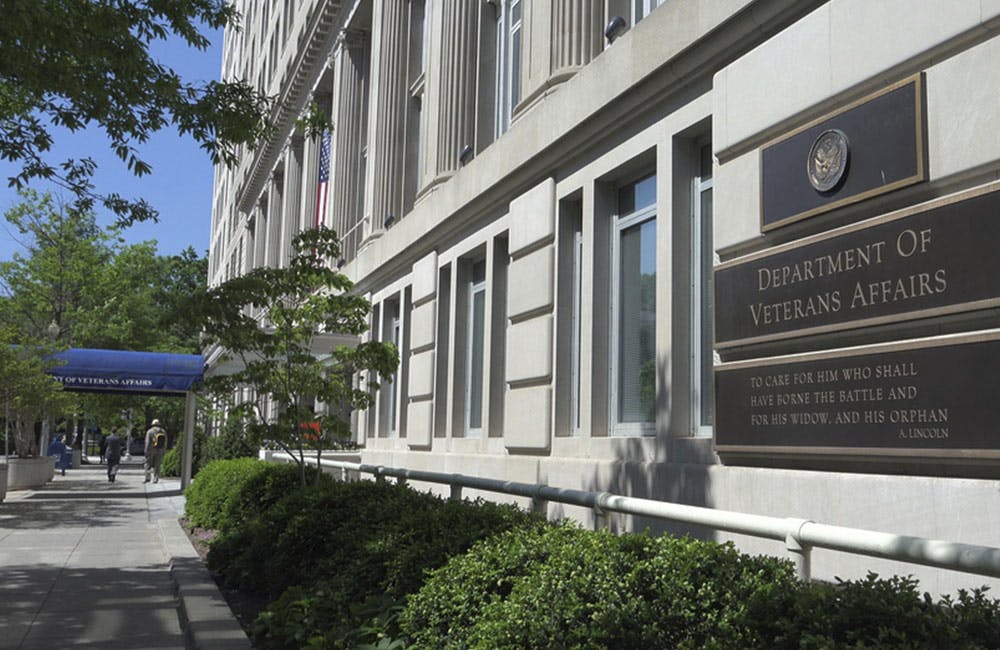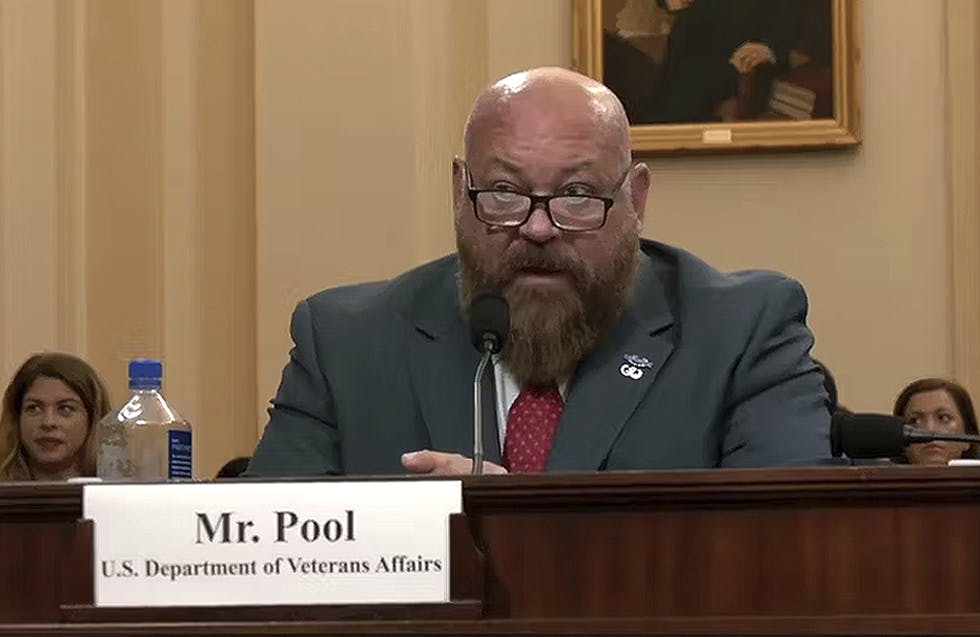CIA, Army Tech Leaders Cite Speed, Safety in AI Priorities
Officials see a great need to harness AI for national security and want to leverage more partnerships to develop it safely.

The head of artificial intelligence innovation for the CIA wants to be clear: she doesn’t believe an advanced algorithm or sophisticated machine-learning interface will ever replace the agency’s analysts. But, Lakshmi Raman told an audience Wednesday at the AWS Summit in Washington, D.C., she believes generative AI can “augment our own judgment” and accelerate workflows across the agency.
“We see [AI] as something that is going to heavily augment our workforce,” Raman said, “and help us to accelerate our velocity in completing tasks so that we can leverage our minds for higher-order work.”
Raman, along with Young Bang, principal deputy assistant secretary of the Army (Acquisition, Logistics & Technology), offered a federal government perspective on the promise of AI technologies and what they need from the private sector to ensure success and relevance. Both officials described speed and security as requirements and prerequisites for success.
In a conversation with AWS Worldwide Public Sector Vice President Dave Levy, who led the event’s keynote session, Raman emphasized the CIA’s role as the functional manager of information for the U.S. intelligence community and said the agency had already leveraged generative AI to classify and address open-source information.
“We really also think about it in terms of search and discovery assistance, writing assistance, ideation, helping us with brainstorming, helping us generate counterarguments,” Raman said. “These are all of the things that we are thinking about at the agency and across the intelligence community.”
Raman stressed that the CIA was not pursuing AI integration in a vacuum: the United States’ largest global adversaries were already investing heavily in efforts to become leaders in the space.
Open-source reporting, she said, shows the People’s Republic of China already had one million AI workers by 2022, while Russia had some 270,000 as of last year. Iran, she added, was also seeking to become an AI leader. Raman cited research showing Chinese involvement in more than 100 AI-monitored “smart cities” around the world as one way the United States’ top geopolitical competitor is using AI, but also emphasized the adversary nations’ interest in pursuing military uses.
“There’s a lot for us to be thinking about with respect to how we are reacting to our adversaries, plans and intentions with respect to emergent technology more generally — and AI,” Raman said.
As part of a series of announcements presented during the keynote address, Levy revealed that AWS would be making Anthropic’s powerful Claude 3 Sonnet and Claude 3 Haiku cognitive AI models available in the AWS marketplace to the U.S. intelligence community.
Bang, who advises the assistant secretary of the Army for Acquisition, Logistics & Technology ((ASA)ALT) on matters related to acquisition, called on industry to help present solutions for what the service is calling #DefendAI. He envisions #DefendAI as a layered system of defenses that will shore up information security and trust and enable the service to use the fastest and best third-party algorithms without fear of security breaches.
The Army, he said, was at the U.S. military’s leading edge for AI as the largest consumer of algorithms and with its emphasis on data-collection soldiers rather than major war platforms like aircraft carriers. Still, he said, the service was limited in what it could do on its own.
“Let’s face it, we do certain things really well,” Bang said. “But industry does technology better than us. And so we want to have a partnership — we’re going to break down obstacles for us to adopt third-party generative algorithms.”
The Army, he said, would publish a contracting request for information (RFI) to industry for tools to help identify and mitigate risks. In addition, he said, (ASA)ALT, which earlier this year published a 100-day plan for “accelerating digital transformation” would follow that effort with a 500-day plan to operationalize the transformation and adopt cutting-edge technology. That initiative, he said, would be called #BreakAI.
Bang acknowledged that the industry executives gathered in the room understood risk: it was part of the decisions they made every day.
“But in the DOD, because of national security, we actually want to verify and trust,” he said.
This is a carousel with manually rotating slides. Use Next and Previous buttons to navigate or jump to a slide with the slide dots
-

NSF Wants Industry Driving Quantum Innovation
The agency is pushing for partnerships to enhance the research community as Congress weighs additional legislation.
3m read -

White House Science Chief: US-Driven AI Sets Global Standards
Michael Kratsios outlined how American AI technology on the global stage will help standardize the tech and counter China’s influence.
5m read -

Modernizing Critical Infrastructure in the Face of Global Threats
Officials are expanding the latest strategies in boosting defense infrastructure, including securing satellite communications, upgrading enterprise-wide technology, optimizing data management.
20m watch -

Trump AI Orders Call for Speed in Building Infrastructure
The directives call for expanding AI infrastructure, streamlining federal permitting and promoting AI exports.
4m read -

DOD Accelerates Software Modernization with Agile DevSecOps Push
The Pentagon's software implementation plan tackles cultural hurdles and integrates security early to deliver critical capabilities faster.
6m read -

White House Unveils AI Action Plan to Secure Global Dominance
The strategy outlines steps to accelerate private sector innovation, build critical infrastructure and advance U.S. leadership in AI policy and security.
3m read -

VA's Platform One Powers Rapid Innovation to Bolster Digital Services
VA's Platform One accelerates software development timelines from weeks to hours, ultimately enhancing digital services for veterans.
5m read -

Doing More with Less is Muscle Memory for IRS, Former Deputy CIO Says
Darnita Trower discusses her experience, the legacy she’s left behind and how she pushed the IRS to modernize itself,
20m watch -

Opinion: Original Intelligence Is the Missing Piece for AI Transformation
Limitations of AI agents and development drive growing needs for workforce development and "original intelligence."
3m read -

VA CIO Targets Modern IT and Smarter Workforce Alignment
Agency leaders told lawmakers they are focused on trimming legacy systems and restructuring its workforce to streamline operations.
3m read -

Pentagon's $200M AI Contracts Signal Broader Effort to Transform Talent
The Army is leveraging Silicon Valley, reservist programs and new hiring strategies to integrate critical digital skills in its ranks.
5m read -

AI Foundations Driving Government Efficiency
Federal agencies are modernizing systems, managing risk and building trust to scale responsible AI and drive government efficiency.
43m watch
















